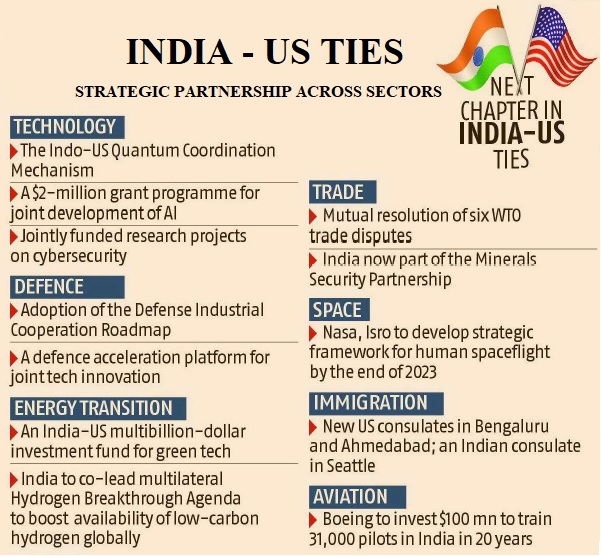7667766266
enquiry@shankarias.in
Prime Minister Narendra Modi had a three-day state visit to the United States adding momentum to the India-USA bilateral relationship.

References